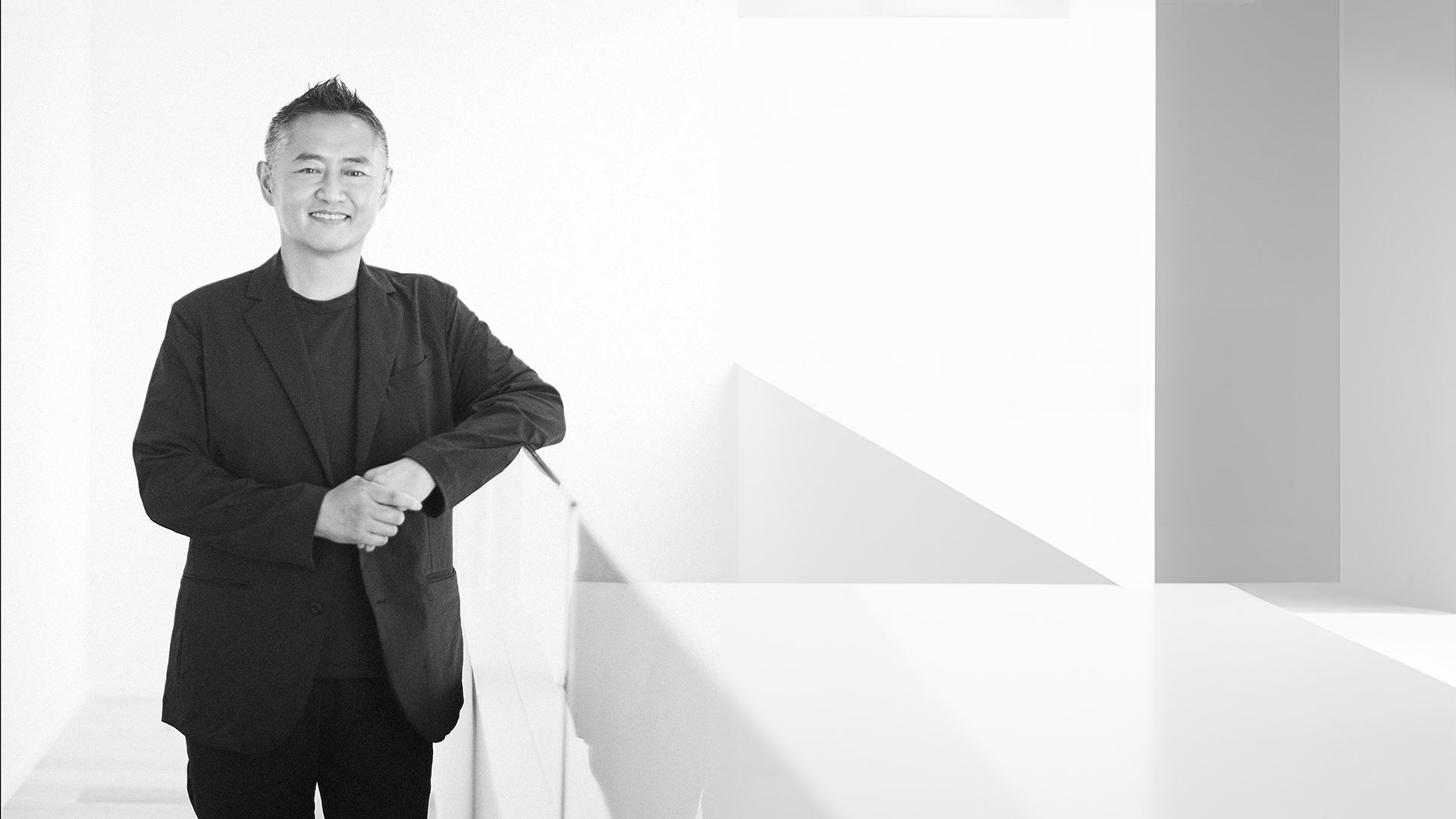Born in Japan but shaped by international experiences, architect Kenji Mizukami brings a uniquely bicultural perspective to contemporary design, developing buildings that work simultaneously on practical, emotional, and ecological levels.
We spoke to him about his background, his philosophy and some of his latest projects.
From the interview…
“Holistic” has become a bit of a buzzword in recent years. But one that, I would say, describes your approach to architecture. Could you tell us a little more about how, through architecture, you endeavour to pay proper attention to all aspects of human well-being and the environmental impact of the buildings you’re designing?
Kenji Mizukami: Yes, the word “holistic” can sound vague, but to me it’s quite concrete. I see architecture as something that should work on multiple levels at once: practical, emotional, ecological, even spiritual. A building should support the well-being of the people who use it, but also harmonize with the landscape, the materials, and the history of the place. I try to make buildings that feel alive, that age with grace, and that somehow continue to give over time. I pay close attention to light, to air flow, to the tactility of materials. I’m deeply committed to reducing environmental impact— not only in terms of energy performance but also through local sourcing, longevity, and adaptability.
But perhaps most importantly, I try to listen closely to the people the building is for—and then offer them something that not only meets their needs but also surprises them, gently expands their idea of what was possible.
A few photos of one of Kenji Mizukami’s latest projects for Housing Japan.
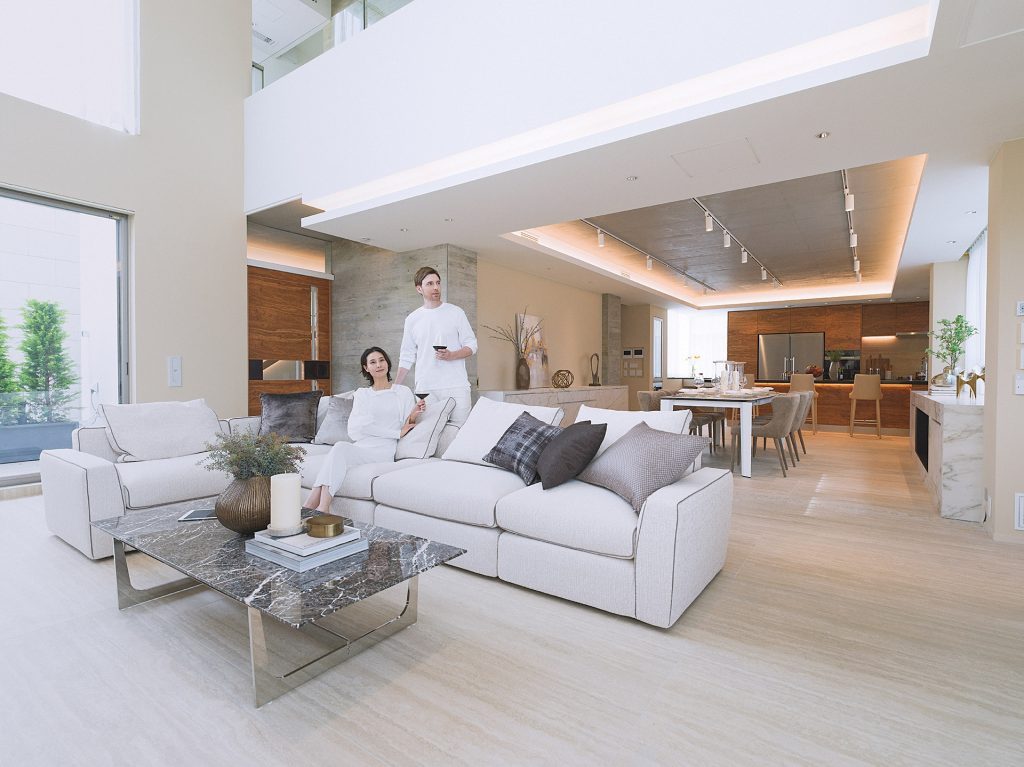
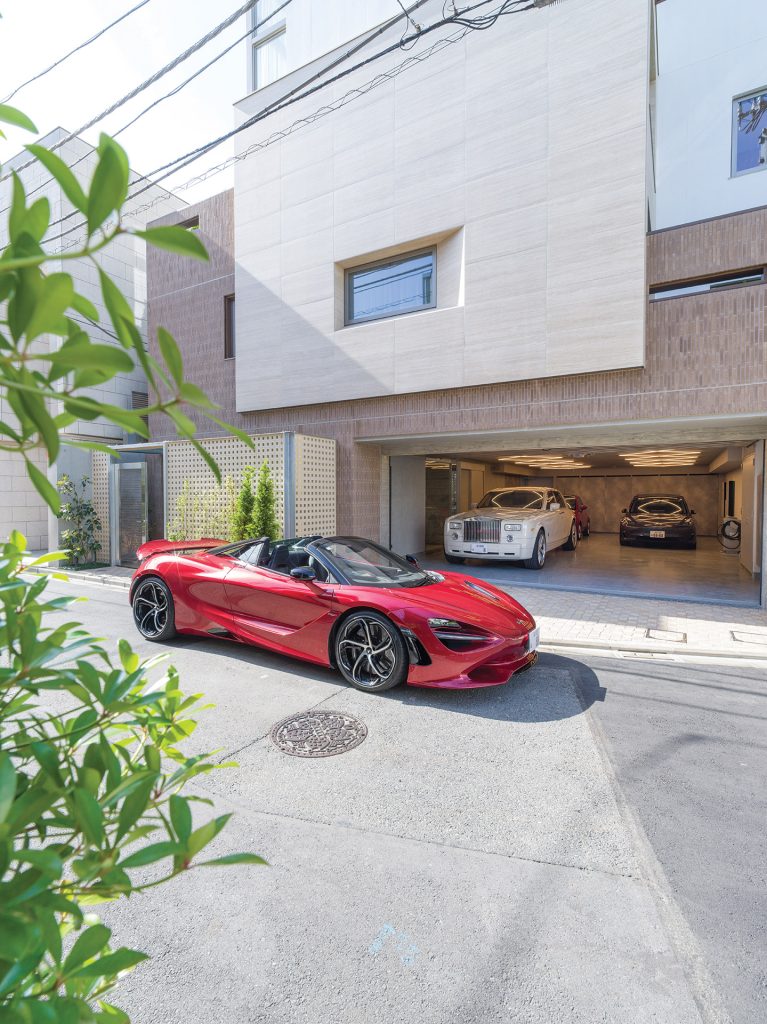
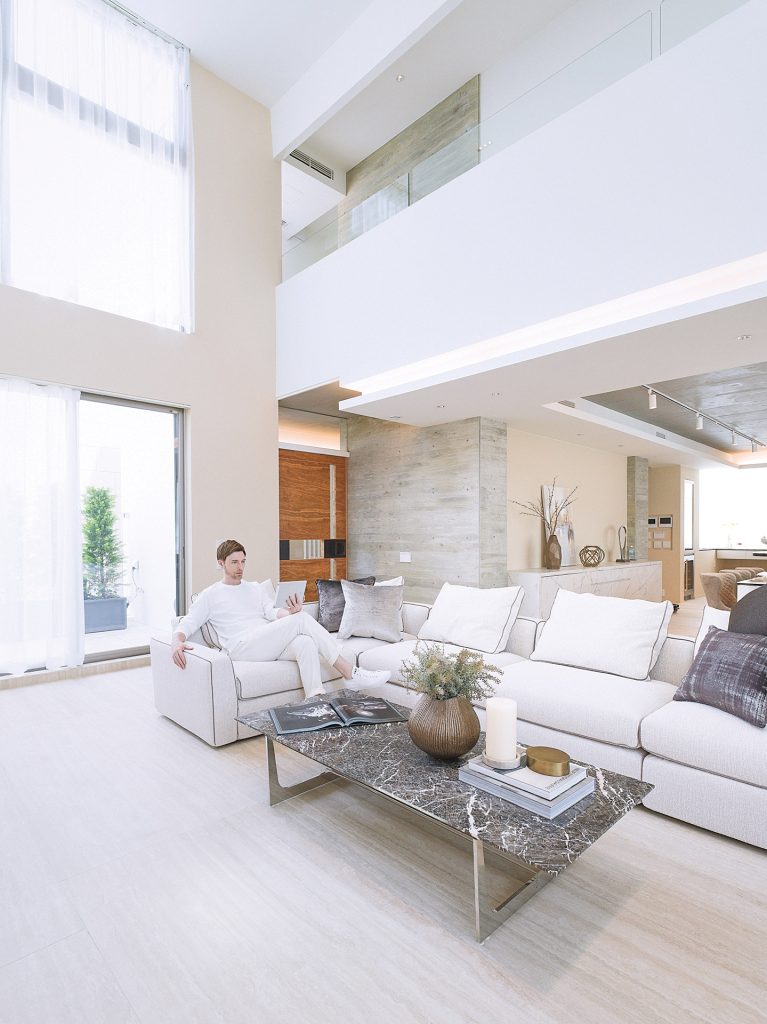
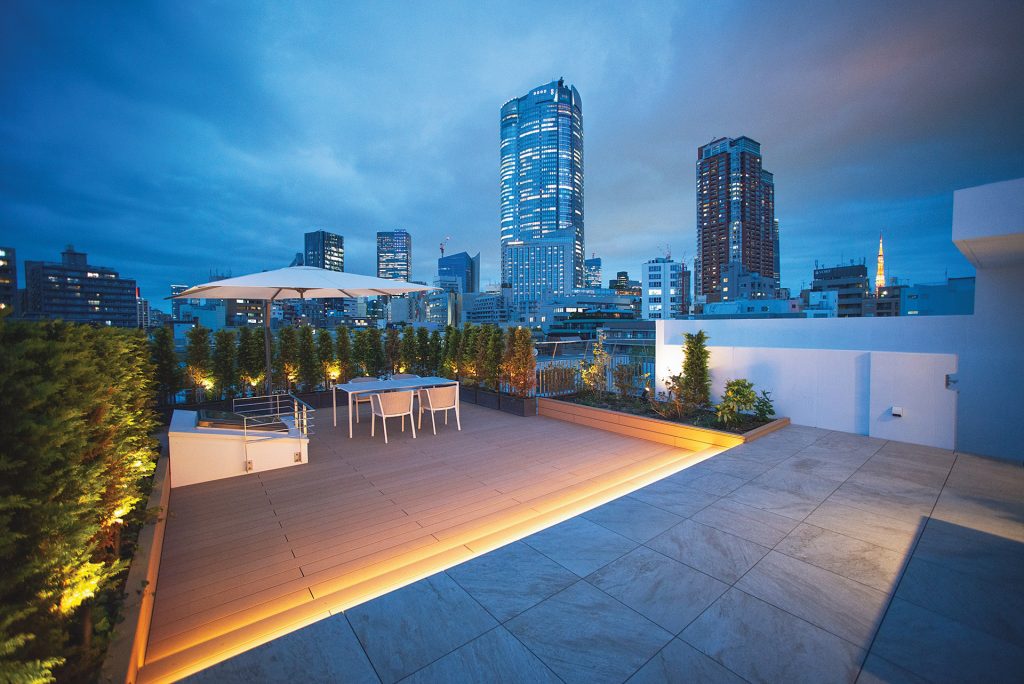
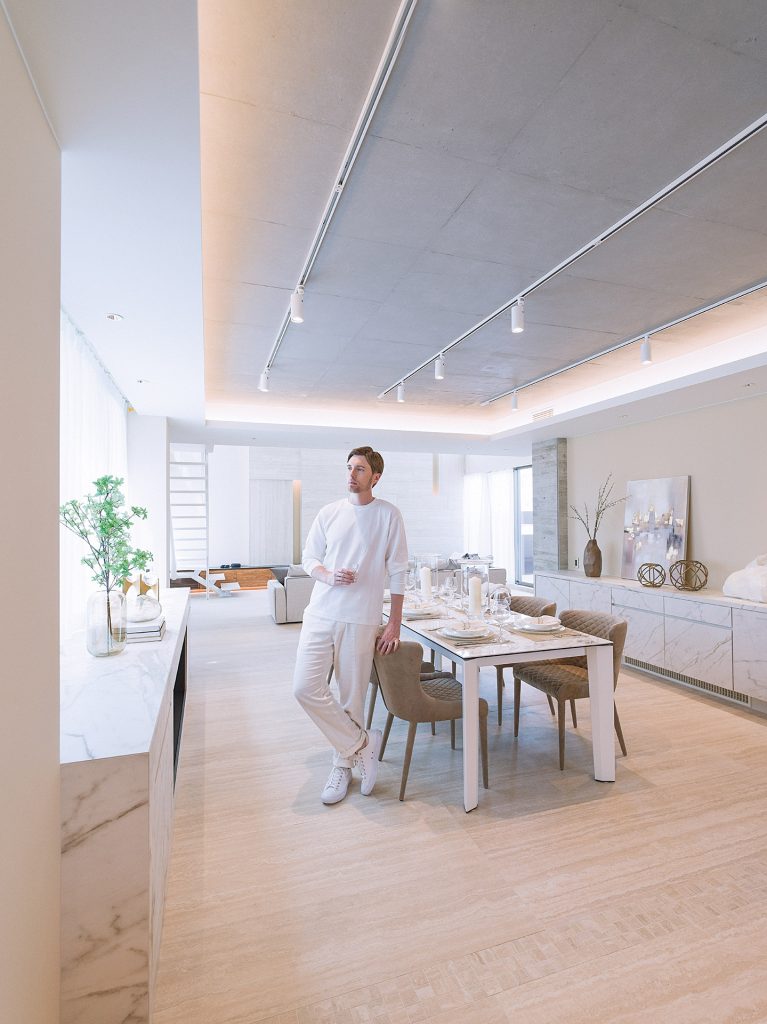
Click here to read the full article at the online edition of LUXE.
Visit the architectural practice that Mizukami-san designs for, Atelier-Tekuto, here.
